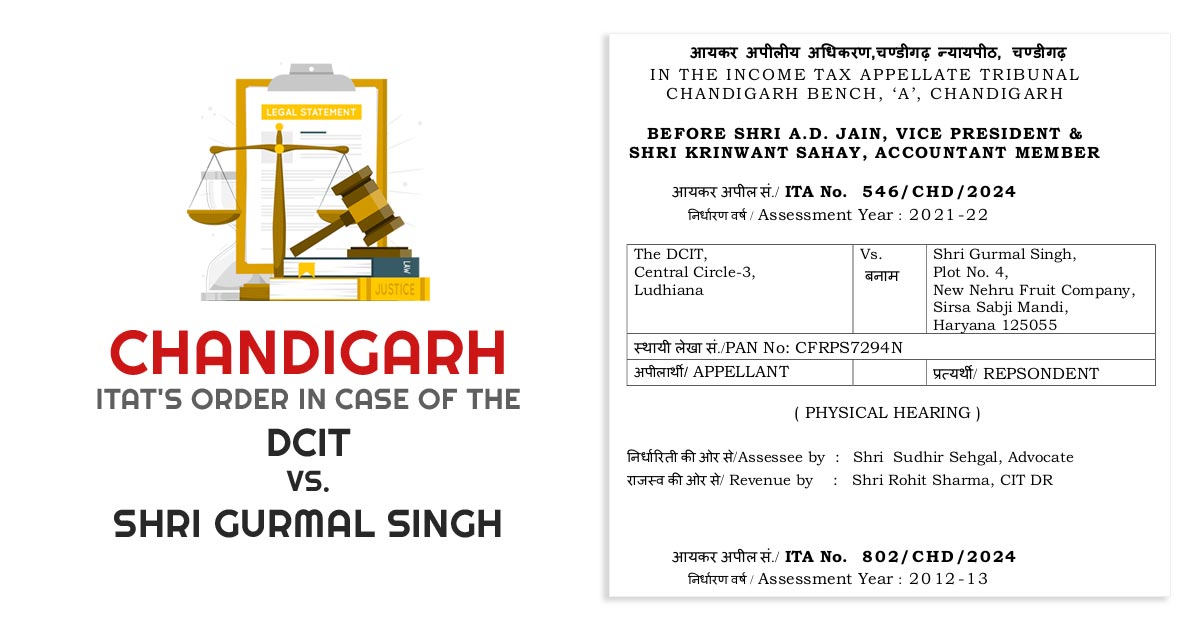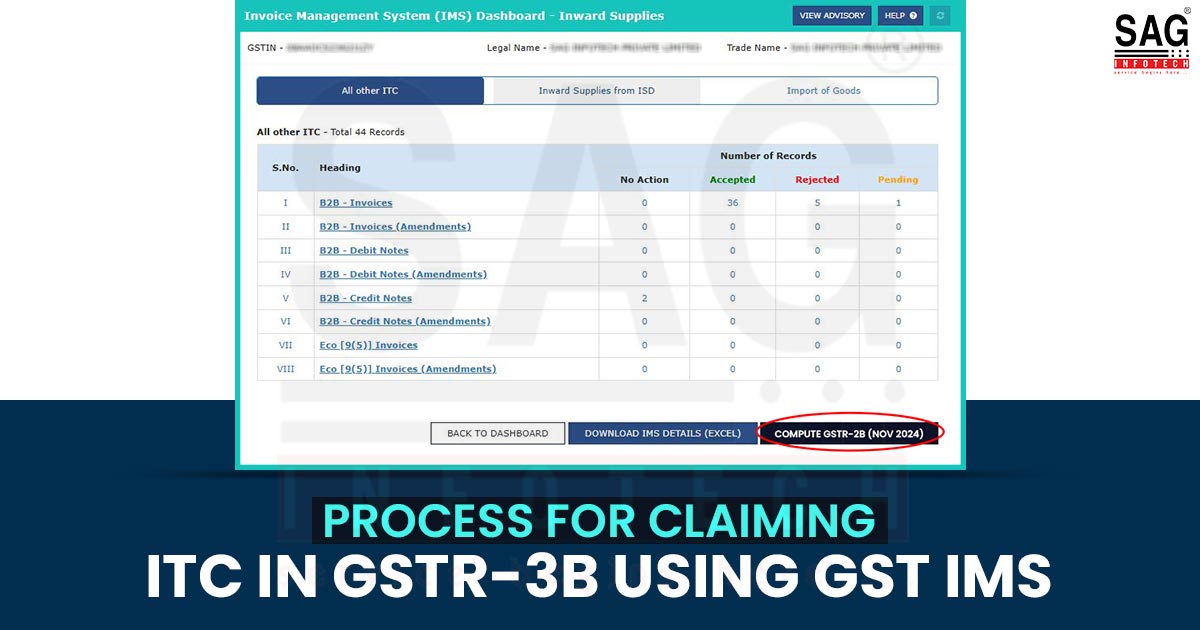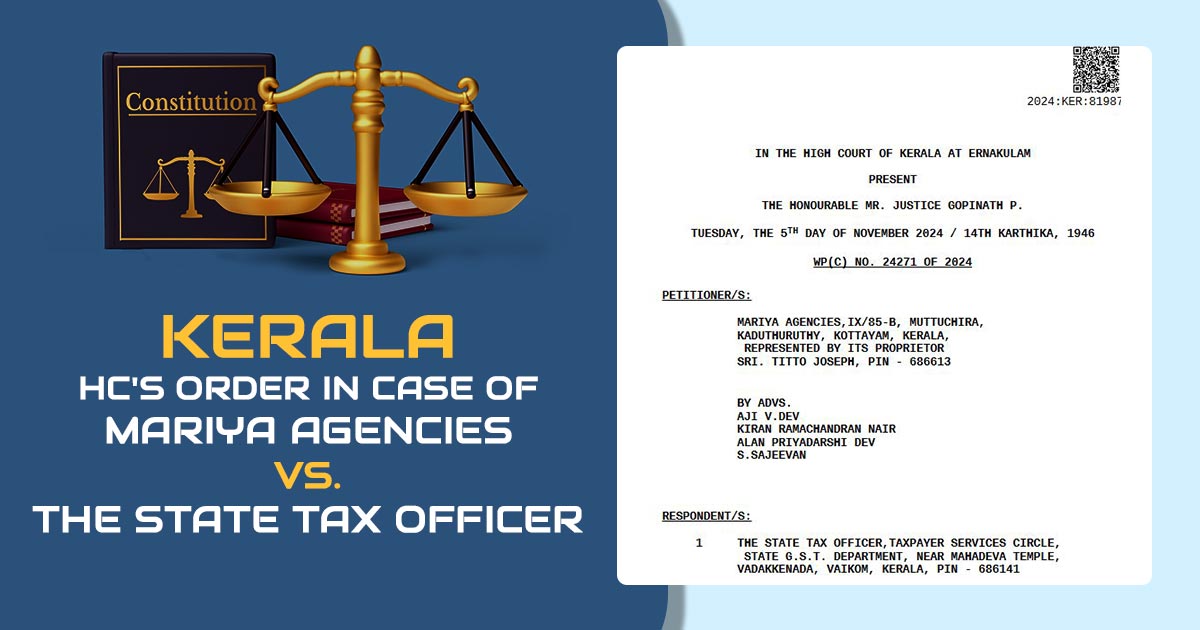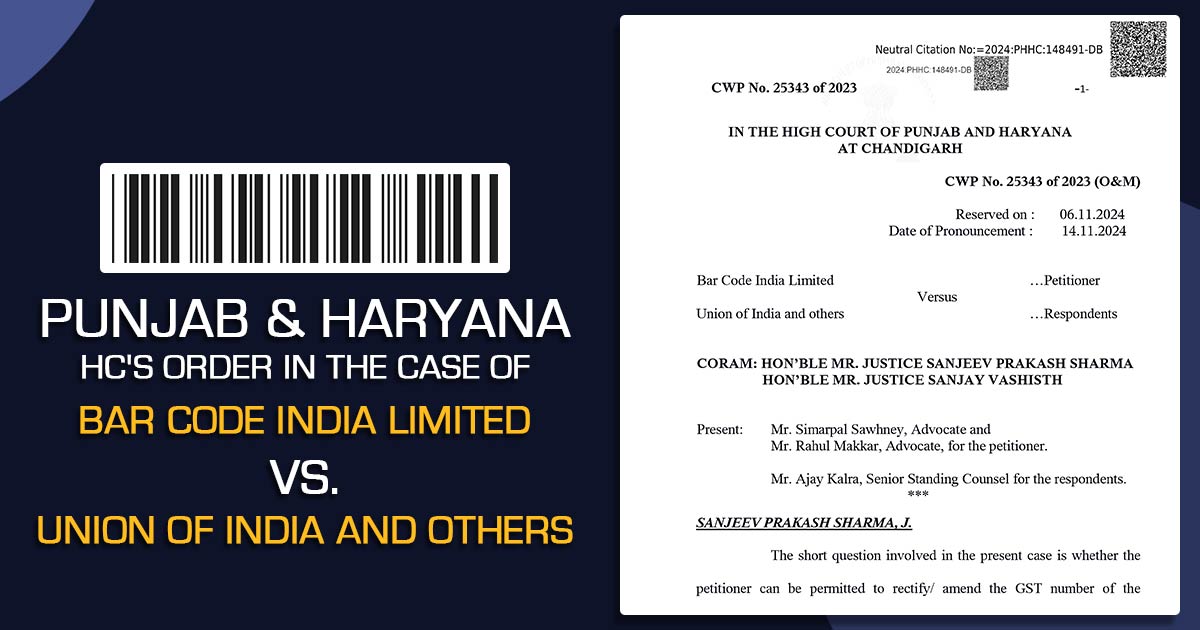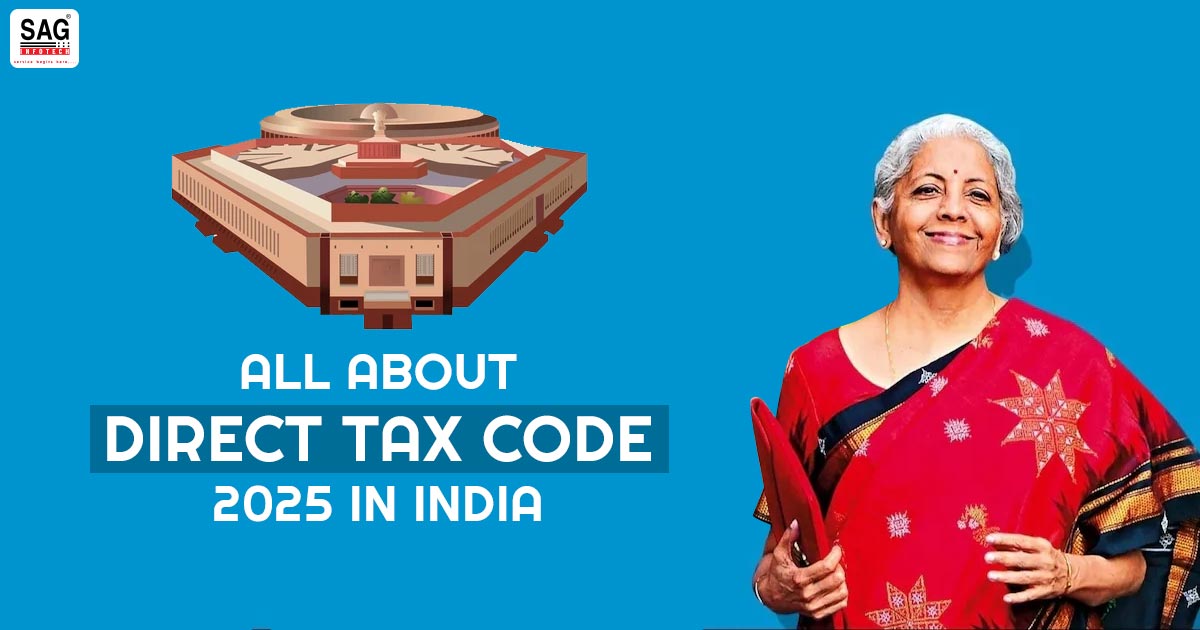
This blog will explain the Direct Tax Code 2025 in layman’s terms. We have focused on its main features, objectives, tax structure, and most importantly, how it differs from the current Income Tax Act of 1961.
Taxpayers often struggle with the complicated language used in the Income Tax field. They may find it difficult to grasp the real intention behind any notifications or notices regarding exemptions and deductions. The Government has launched a new Direct Tax Code to make taxation clearer and easier for everyone.
Finance Minister Nirmala Sitharaman introduced this Direct Tax Code on August 21, 2024. The main purpose is to simplify tax laws, promote uniform tax rates for businesses, and minimise legal disputes. Although discussions about this code began in 2009, it will replace the Income Tax Act of 1961 in the next six months.
What is the Direct Tax Code 2025?
The Direct Tax Code 2025 aims to make India’s present Income Tax Laws simpler and more standardised which are complex and need improvements and amendments for a long. The government recognized that the number of taxpayers was growing slowly, so they introduced a more straightforward version of tax laws. The main goal is to ease tax compliance for individuals and businesses.
Why is It Important to Introduce The Direct Tax Code 2025?
The primary reason for introducing the Direct Tax Code 2025 is to increase the number of taxpayers in India. As of 2023, only 2% of India’s population pays income tax, which is significantly lower than in developed countries. A simplified tax code can encourage even the common man to get familiar with tax laws and contribute to the nation’s development by paying taxes.
Key Highlights of the Direct Tax Code Bill
- The Government is planning to widen the income tax slabs. Individuals will face different tax rates based on their income brackets: 10% for income between ₹2 to ₹5 lakh, 20% for ₹5 to ₹10 lakh, and 30% for over ₹10 lakh.
- Companies will be taxed at a rate of 30% on their income. Foreign companies will incur an additional branch profits tax of 15%, while non-profits will be put under a 15% slab.
- Many current tax breaks and deductions allowed for companies, will be eliminated now. However, most individual deductions will remain.
The distinction between short-term and long-term capital gains will be removed for all assets except stock exchange-listed securities. - The limit for wealth tax exemption will increase from ₹15 lakh to ₹1 crore.
- General Anti-Avoidance Rules, through which new rules will allow tax authorities to categorize arrangements made solely for avoiding taxes.
Major Changes in the Direct Tax Code 2025
Here are the key modifications to the Direct Tax Code for 2025:
Standardized Corporate Tax Rates
Both domestic and foreign companies will be subject to the same tax rates. It will simplify compliance and encourage foreign investment.
Updated Income Category Terminology
The term “Income from Salary” will change to “Employment Income,” while “Income from Other Sources” will be renamed “Income from Residuary Sources.”
Simplified Residence Rule
Taxpayers now will be given proper residential status, categorizing them simply as residents or non-residents. The bill eliminates the current “Resident but Not Ordinarily Resident” (RNOR) classification.
Simple and Clear Structure
The DTC 2025 organizes its 319 sections and 22 schedules in a more structured format. This consolidation reduces the need for cross-referencing, thereby simplifying tax filing for individuals, businesses, and tax professionals.
Capital Gains Taxation
Capital gains will be taxed as regular income. Short-term gains on financial assets will see an increase in the tax rate to 20% (up from 15%), while long-term gains will decrease to 12.5% (down from 20%).
Expanded Audit Responsibilities
Company Secretaries (CS) and Cost and Management Accountants (CMA) may now be authorized to perform tax audits.
Reduction in Tax Deductions and Exemptions
Most existing tax deductions and exemptions will be removed to simplify tax filing. However, the standard deduction for salaried employees has been increased by 50% to ₹75,000 in the new tax framework.
Elimination of Assessment Year and Previous Year Terms
The code will solely use “Financial Year” for income tax return filings, removing the concepts of “Assessment Year” and “Previous Year.”
Expansion of Tax Deductions on Income
TDS and TCS will apply to nearly all income types, promoting consistent tax payments.
The TDS rate for various payments will drop from 5% to 2%. For e-commerce businesses, the Tax Deducted at Source (TDS) rate will significantly decrease from 1% to 0.1%, simplifying compliance for taxpayers and supporting e-commerce businesses.
Conclusion: The Government of India has taken the right move by introducing the Direct Tax Code to replace the current complicated Income Tax Act, of 1961. It will make the process much simpler for the taxpayers and businesses. Switching to the new tax code will also be a challenge to implement at all management levels, yet it will surely resolve hurdles.
Direct Tax Code vs Income Tax Act, 1961
| Major Parameters | Income Tax Act, 1961 | Direct Tax Code 2025 |
|---|---|---|
| Residential status | ROR (Resident and Ordinarily Resident), RNOR (Resident but Not Ordinarily Resident), and NR (Non-Resident) | Resident and Non-Resident |
| Tax Audit | Led by a Chartered Accountant (CA) | Led by CA, CS, and CMA |
| Concept Terms | Both terms- “Previous Year” and “Assessment Year” are applicable | Only “Financial Year” would be used |
| Taxation on dividends | Dividend Distribution Tax (DDT) at 15% | Taxed at 15% without Dividend Distribution Tax (DDT) |
| Tax on distributed | income Income from the Life Insurance Corporation of India (LIC) and mutual funds, etc., are exempted | Taxable @ 5% |
| Tax rate for income above Rs 10 crores | 30% + surcharge at 15% | Taxable at 35% |
| Capital gains | Taxable at a special rate | Part of normal income |
| Heads of income names | “Income from Salary” and “Income from Other Sources” | Renamed as “Employment Income” and “Income from Residuary Sources” |
| Sections and subsections | 298 Sections, several sub-sections, clauses, and sub-clauses, and 14 schedules | Remove all clauses and sub-clauses. Consists of only 319 sections and 22 schedules |
Most Important FAQs Related to Direct Tax Code
In the below section, we have mentioned some major FAQs regarding the Direct Tax Code in India:-
Q.1 – Why Are They Introducing the Direct Tax Code?
The government wants to make tax rules simpler and clearer so that more people will pay taxes, which will help the economy grow.
Q.2 –When will the Direct Tax Code come into effect?
The Direct Tax Code is anticipated to be introduced in Budget 2025 and will be rolled out gradually after that. The government is working with others to ensure it goes smoothly.
Q.3 – How will the Direct Tax Code benefit individual taxpayers?
The DTC 2025 will create a simpler tax system, explain residency rules better, and clear up confusion about the financial year and assessment year. This will make it easier for people to file their tax returns and follow tax laws.
Q.4 – Is the direct tax code implemented in India?
No, the direct tax code is not yet in place in India. It is still being reviewed and is expected to be introduced in Budget 2025.
Q.5 – Will the Direct Tax Code widen the role of company secretaries?
Yes, it allows Company Secretaries to perform tax audits along with Chartered Accountants. This change acknowledges their skills in corporate governance and legal compliance, giving them new chances to offer tax services.





